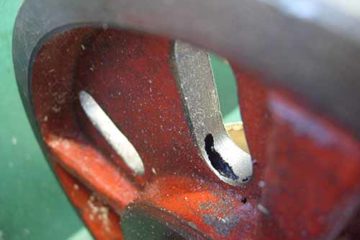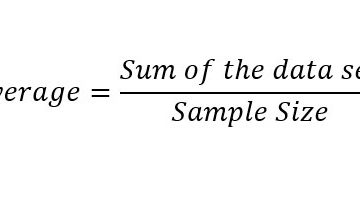Consumer’s Risk
Consumer’s risk, also known as beta risk or type-II risk, is the chance of a bad product being identified incorrectly as good and escaping to the purchaser. In technical terms, it is the act of accepting the null hypothesis (that the product is good), when the alternate hypothesis (that the product is bad) is actually true. There are some fairly sophisticated statistics that go into the analysis of consumer’s risk. Basically, you can make testing Read more…











